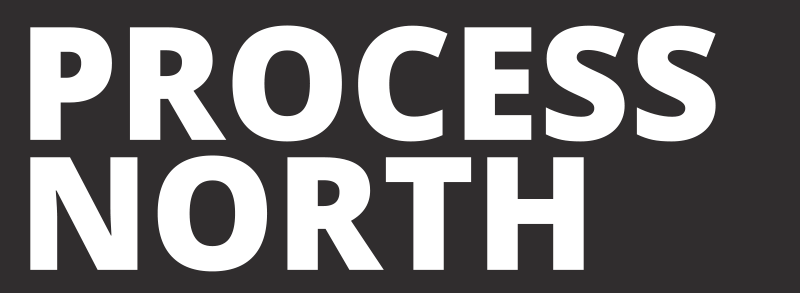Rage is not the problem
Myisha Cherry, The Case for Rage: Why anger is essential to anti-racist struggle, Oxford University Press, Oxford, 2021, pp. xv and 203.
Myisha Cherry’s intervention in current debates on how to develop effective anti-racist struggles carries important and valuable arguments, including for workers in the field of ‘conflict resolution’.
She identifies a reaction on the part of some well-meaning people to the Black Lives Matter movement. These liberals criticise the rage and emotion of campaigners, as if ‘what is most strange and alarming is the angry reaction of anti-racists, and not the racism itself’.
Such liberal suspicion and anxiety about the ‘negative’ emotions of anti-racists is, Cherry explains, an expression and result of the white supremacy which continues to define the United States (as it does, in a different form, British society) and of political and cultural traditions which ‘pride themselves on being rational’.
Countering long-standing stereotypes and tropes which characterise all expressions of black peoples’ rage as destructive, frightening and potentially violent and murderous, Cherry sets out an eloquent case for the vital importance of rage in the face of oppression. She shows that ‘anger has important communicative functions in an unjust world’. It can generate the energy to tackle difficult issues – and provide the fuel of self-belief which sustains people who need to oppose racism. She explains her differences with other philosophers, including Martha Nussbaum, who sees anger as ‘an impediment to emotions and attitudes that are needed to construct a better future, such as generosity, empathy and love’. Where Nussbaum thinks that anger needs to transition to other approaches, Cherry maintains that anger can itself be transformative.
Early on, Cherry makes clear that what she promotes is ‘a particular type of anger’. Drawing on the work of the Black feminist poet and scholar Audre Lorde, Cherry defines this as a ‘Lordean rage’, which has ‘an important role in anti-racist struggle’, and needs to be ‘cultivated, guarded and used’. This form of rage is ‘less vulnerable to criticisms that it interferes with liberal goals’. It ‘does not preclude other emotional and cognitive responses like compassion and empathy’, and for this reason Cherry hopes to persuade people ‘not to be so quick to recommend that we eliminate rage when racial wrongdoing grabs our public attention’.
She argues that Lordean rage serves to sustain the morale, confidence and effectiveness of those who adopt and channel it. This makes it a proper, impressive and, hopefully, effective response to racism – and to the self-comforting evasions of liberals.
Moving beyond reductive, ‘broad brush stroke’ judgements about political anger, The Case for Rage considers its varied forms and nuances. The book’s arguments are studded with succinct and telling points – as when Cherry calls out so-called ‘free speech’ advocates who refuse to acknowledge substantive problems of racism, and who instead seek to direct attention away from these problems by shifting ‘the focus to the ways in which the people committing the racist acts were doing something (legally) permissible’.
Nevertheless, there is a curious and limited character to the book, reflected in its style: The Case for Rage has, throughout, a chatty, friendly, even reassuring tone. If this makes it accessible, it also sits oddly with the spikiness of its broad subject. This combination is possible because, by restricting her main considerations to a particular variant of rage which is morally informed, ‘appropriate, motivational, productive’, Cherry does not offer similarly thorough assessments of other forms of rage: the crude and inchoate angers of those who do take up violence in response to oppression and injustice (not necessarily targeting those who are responsible for their problems), and the negative angers of people – including some who hold racist views – who have shaped their hurts, anxieties and frustrations into antipathies and actions directed at racialised ‘others’. These difficult, dangerous and divisive angers also need to be acknowledged, considered and understood as part of addressing the problems of racism. Of course, they cannot be taken up directly and channelled as part of positive strategies for social change: these are forms of rage which do need to be transformed and recast. Connecting to such negative impulses is part of conflict resolution work. If Cherry does not directly address the challenges involved in this, her book, nevertheless, is a very worthwhile stimulus to thinking about them.
Review published October 2021.
Illustration: Sojourner Truth (1797 – 1883). Myisha Cherry states that ‘Truth’s famous “Ain’t I a Woman” speech is an indignant oratorical masterpiece in which she demands equality and proclaims her humanity in front of white folks who did not want her to speak to them in the first place’.


